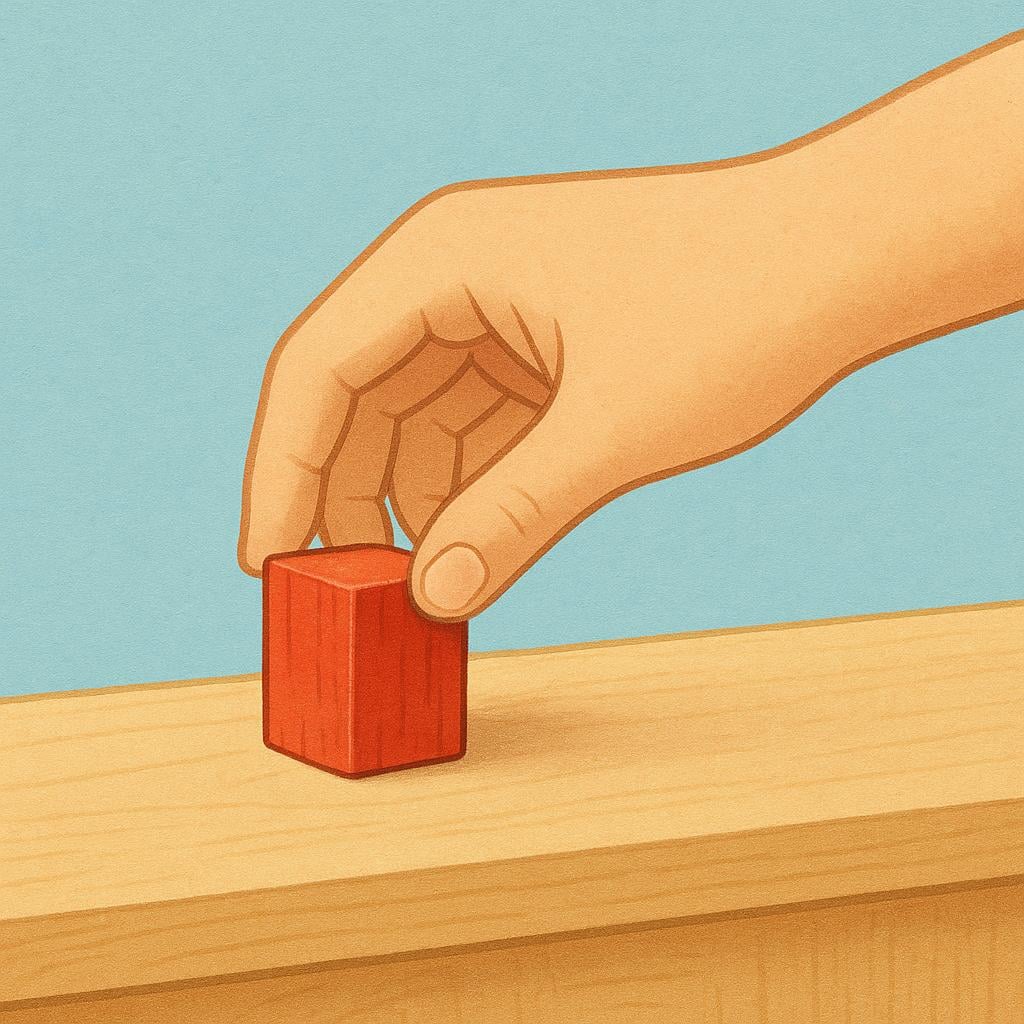
pondré
pohn-DRAY
Quick Reference
📝 In Action
Yo pondré la mesa antes de que lleguen todos.
A1I will set the table before everyone arrives.
Pondré mi abrigo en el armario cuando entre.
A2I will put my coat in the closet when I come in.
No sé qué me pondré para la entrevista.
B1I don't know what I will wear (put on) for the interview.
💡 Grammar Points
The Irregular Future Stem
The future tense of poner is highly irregular. Instead of using the full infinitive (poner) as the base, it shortens and adds a 'd': pondr-. This special stem is used for all future and conditional forms.
Meaning: To Put On Clothes
When talking about clothing, poner is often used with 'me' (ponerme) to mean 'to put on' or 'to wear.' For example, 'Me pondré la camisa' means 'I will put on the shirt.'
❌ Common Pitfalls
Forgetting the 'D'
Mistake: "I will put: *poneré*"
Correction: I will put: *pondré*. Remember that the 'd' is essential for the future tense of this verb, along with other irregular verbs like *tener* (tendré) and *salir* (saldré).
⭐ Usage Tips
Quick Future Tense Trick
The stem pondr- rhymes with tendr- (from tener) and saldr- (from salir). Learning these three irregular stems together can help you remember them quickly.
✏️ Quick Practice
💡 Quick Quiz: pondré
Question 1 of 1
Which sentence correctly uses 'pondré' to talk about a future action?
📚 More Resources
Frequently Asked Questions
Why does 'pondré' have a 'd'?
The 'd' is part of an irregular change that happens in the future tense of certain common verbs like *poner*, *tener* (to have), and *salir* (to leave). This special stem (*pondr-*) is easier to say quickly than the regular form would be, and Spanish speakers have used it for centuries.
Does 'pondré' always mean 'I will put'?
Not always literally. While the core meaning is 'to place,' it is often used in set phrases, like 'Pondré atención' (I will pay attention) or 'Me pondré el sombrero' (I will put on/wear the hat).